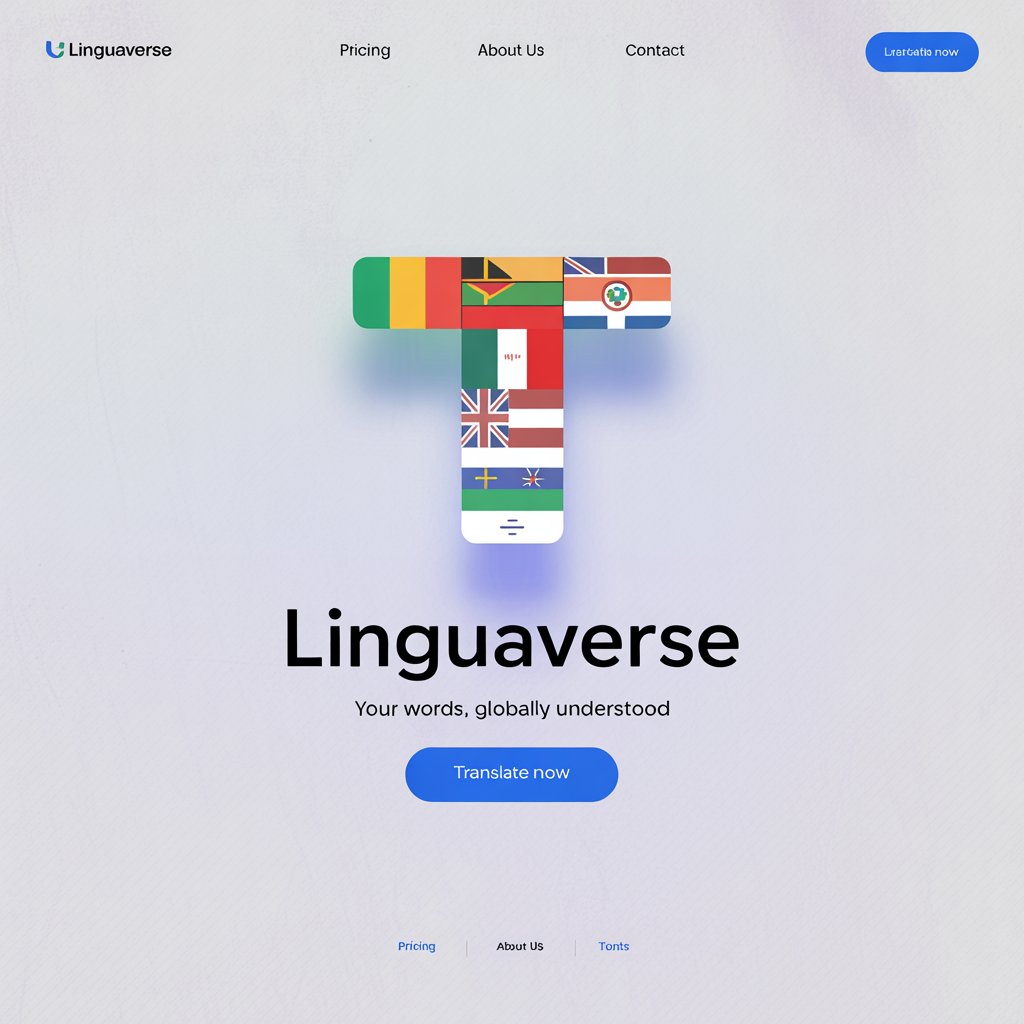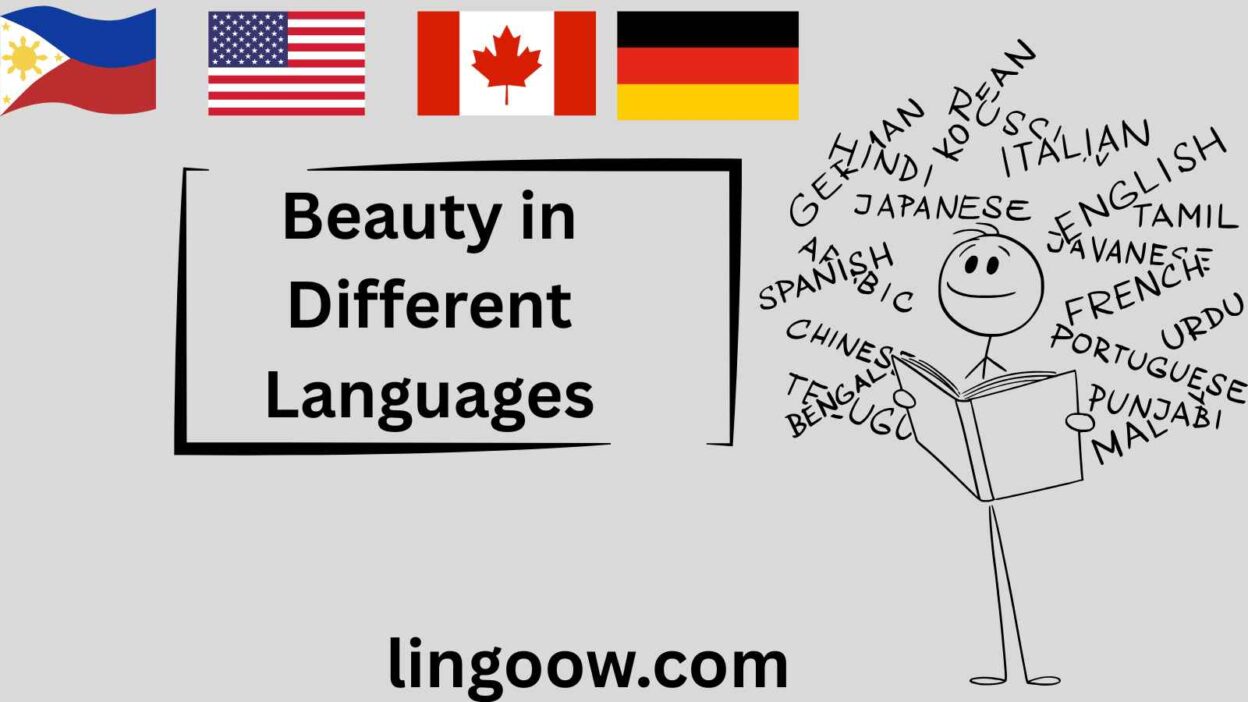Introduction: The Universal Language of Beauty
I’ll never forget the moment I stood before a vibrant mural in a bustling Moroccan souk, the colors swirling like a dance of light. A local vendor, noticing my awe, smiled and said, “Jamal—it’s beauty, isn’t it?” That single word, jamal, carried a weight that transcended language, connecting us in a shared appreciation of something universal yet deeply personal. Beauty, in all its forms, is a concept that binds humanity across cultures, languages, and histories. It’s in the way a sunset paints the sky, the laughter of a child, or the intricate patterns of a handwoven textile. But how do different cultures articulate this profound idea? Let’s embark on a journey to explore how the word “beauty” is expressed in languages worldwide, weaving a tapestry of cultural insights and emotional resonance.
The concept of beauty is a universal thread, yet each culture dyes it with its own hues—rooted in traditions, landscapes, and philosophies. From the poetic cadence of French to the rhythmic flow of Swahili, the word for beauty reflects not just linguistics but a worldview. Join me as we uncover how this word shapes and is shaped by the cultures it graces.
A Global Lexicon of Beauty: Reference Table
Below is a table showcasing the word for “beauty” in 15 languages, each with a glimpse into its cultural or linguistic significance.
| Language | Word/Phrase for Beauty | Cultural/Linguistic Insight |
|---|---|---|
| French | Beauté | Rooted in Latin bellus (beautiful), it reflects elegance and refinement, often tied to art and romance. |
| Spanish | Belleza | Evokes passion and vibrancy, often associated with natural landscapes and human warmth. |
| Italian | Bellezza | Linked to Italy’s artistic heritage, from Renaissance paintings to modern fashion. |
| German | Schönheit | Emphasizes inner and outer harmony, often used in philosophical contexts. |
| Mandarin | 美 (Měi) | Symbolizes harmony and aesthetic balance, deeply tied to Confucian ideals. |
| Hindi | सौंदर्य (Saundarya) | Reflects spiritual and physical beauty, often linked to divine creation in Indian culture. |
| Japanese | 美しさ (Utsukushisa) | Encompasses fleeting beauty, as in the transient bloom of cherry blossoms (mono no aware). |
| Korean | 아름다움 (Areumdaum) | Conveys grace and elegance, often tied to K-pop and visual culture. |
| Arabic | جمال (Jamal) | Associated with inner virtue and divine creation, used in poetry and spirituality. |
| Swahili | Uzuri | Reflects beauty in nature and community, common in East African oral traditions. |
| Zulu | Ubuhle | Emphasizes communal harmony and aesthetic appeal, often in storytelling. |
| Yoruba | Ẹwa | Tied to moral and physical beauty, often celebrated in Yoruba art and proverbs. |
| Maori | Ataahua | Connected to nature’s splendor and spiritual essence in Māori culture. |
| Hawaiian | Nani | Evokes the beauty of the islands’ landscapes and aloha spirit. |
| Cherokee | ᎤᏬᏚ (Uwodu) | Reflects harmony with nature and community, central to Cherokee values. |
European Languages: Elegance in Expression
In Europe, the word for beauty often carries the weight of history, art, and philosophy. In French, beauté flows like a melody, evoking the grandeur of Parisian boulevards and the delicate brushstrokes of Impressionist paintings. It’s a word that feels inseparable from romance, whether describing a lover’s gaze or a Monet masterpiece. Spanish belleza pulses with passion, conjuring images of flamenco dancers and sun-drenched landscapes. In Spain, beauty is often tied to duende—a soulful, almost mystical quality that transcends the physical.
Italian bellezza is the language of Michelangelo and Versace, where beauty is an art form, from the curves of a Renaissance sculpture to the sleek lines of a Milan runway. Meanwhile, German Schönheit carries a deeper, almost metaphysical weight, often used to describe not just physical allure but the harmony of a well-ordered life, as seen in Goethe’s poetry or Bauhaus design. Across these languages, beauty is a celebration of both the tangible and the abstract, shaped by centuries of cultural evolution.
Asian Languages: Harmony and Transience
Asia’s linguistic diversity offers a rich spectrum of expressions for beauty. In Mandarin, 美 (měi) is a character that embodies balance and aesthetic perfection, rooted in Confucian ideals of harmony. It’s used to describe everything from a serene landscape to a virtuous act, reflecting China’s holistic view of beauty. In Hindi, सौंदर्य (saundarya) carries a spiritual depth, often linked to the divine beauty of deities like Lakshmi or the intricate patterns of a Rajasthani tapestry.
Japanese 美しさ (utsukushisa) captures the ephemeral, as seen in the fleeting bloom of sakura (cherry blossoms), embodying mono no aware—the poignant beauty of impermanence. In Korean, 아름다움 (areumdaum) resonates with modern aesthetics, from the flawless visuals of K-dramas to traditional hanbok designs. In Arabic, spoken across over 20 countries, جمال (jamal) is a word of poetic resonance, often tied to inner virtue and divine creation, as seen in the intricate calligraphy of the Quran or the symmetry of Islamic architecture. These languages reveal how beauty in Asia is both a sensory and philosophical experience.
African Languages: Community and Nature
Africa’s linguistic landscape is as diverse as its cultures, with the word for beauty often tied to community and the natural world. In Swahili, spoken in over 20 East African countries, uzuri evokes the beauty of shared spaces—think of vibrant markets or the savanna at dusk. It’s a word that celebrates both human connection and nature’s splendor. Zulu ubuhle, used in South Africa, emphasizes harmony and communal values, often woven into oral storytelling and praise poetry.
In Yoruba, spoken in Nigeria and beyond, ẹwa is a multifaceted term, encompassing physical beauty, moral virtue, and artistic expression. It’s celebrated in intricate beadwork and proverbs that liken beauty to character. Across African languages, beauty is rarely superficial—it’s a reflection of interconnectedness, whether with people, nature, or the divine.
Indigenous & Island Languages: Spirit and Place
Indigenous and island cultures offer unique perspectives on beauty, often rooted in spirituality and the environment. In Maori, ataahua reflects the beauty of Aotearoa’s landscapes and the spiritual connection to ancestors, as seen in intricate carvings or haka performances. Hawaiian nani captures the aloha spirit, evoking the lush beauty of the islands and the warmth of community.
In Cherokee, ᎤᏬᏚ (uwodu) ties beauty to balance with nature, a value central to Cherokee traditions like basket-weaving and storytelling. Samoan matagofie, used across Pacific islands, celebrates beauty in movement, such as traditional dance, and the harmony of communal life. These languages, spoken in over 20 countries and communities, remind us that beauty is inseparable from place and spirit.
Cultural Insights: The Evolution of Beauty
The word for beauty has evolved alongside human civilization, shaped by cultural, religious, and historical contexts. In ancient Greece, beauty (kallos) was tied to symmetry and divine proportion, influencing Western art for centuries. In Islamic cultures, jamal reflects divine perfection, as seen in the geometric patterns of mosques. In India, saundarya is rooted in Vedic texts, where beauty is a divine attribute, while in African traditions, beauty often symbolizes communal harmony and moral integrity.
Historically, beauty has been a lens through which societies define themselves. From the elaborate wigs of 18th-century Europe to the minimalist aesthetics of Zen Buddhism, the concept has adapted to cultural values. Today, globalization has blended these perspectives, yet each language preserves a unique lens on beauty’s essence.
Proverbs and Sayings: Wisdom in Words
Beauty inspires wisdom across cultures, captured in proverbs and sayings:
- French: “La beauté est dans les yeux de celui qui regarde.” (Beauty is in the eyes of the beholder.)—Emphasizes subjective perception.
- Japanese: “美は一瞬、徳は永遠.” (Beauty is fleeting, virtue is eternal.)—Reflects the transient nature of physical beauty.
- Yoruba: “Ẹwa inú ni ó ṣe pataki.” (Inner beauty is what matters.)—Highlights moral character over appearance.
- Arabic: “الجمال جمال القلب.” (Beauty is the beauty of the heart.)—Ties beauty to inner virtue.
- Maori: “Ko te ataahua o te ngākau e kitea ai te tangata.” (The beauty of the heart reveals the person.)—Emphasizes spiritual beauty.
These sayings reflect a shared belief: true beauty transcends the physical, rooted in character and connection.
FAQs: Unraveling Beauty’s Mysteries
Why does the word for beauty sound similar in many languages?
Many languages share linguistic roots, like Latin bellus influencing Romance languages (beauté, belleza, bellezza). Shared cultural exchanges, like trade or colonization, also spread similar terms.
What’s the oldest known usage of a word for beauty?
Words for beauty appear in ancient texts, like Sanskrit saundarya in Vedic scriptures (circa 1500 BCE) or Greek kallos in Homeric epics (circa 8th century BCE).
How do cultures differ in expressing beauty?
Western cultures often emphasize visual aesthetics, while Eastern philosophies like Confucianism or Buddhism tie beauty to harmony or impermanence. African and indigenous cultures frequently link beauty to community and spirituality.
Conclusion: The Universal Heart of Beauty
Beauty, in all its linguistic forms, is a mirror reflecting humanity’s shared aspirations and unique perspectives. From the poetic jamal of Arabic to the soulful ataahua of Maori, each word carries a story—a glimpse into a culture’s heart. Yet, across these differences, beauty remains a universal language, uniting us in our appreciation of life’s wonders. Whether it’s the fleeting glow of a sunset or the enduring warmth of a kind act, beauty reminds us of our shared humanity.
What does beauty mean to you? How do you say it in your language, and what stories does it tell? Share your thoughts below, and let’s weave more threads into this global tapestry of beauty.




